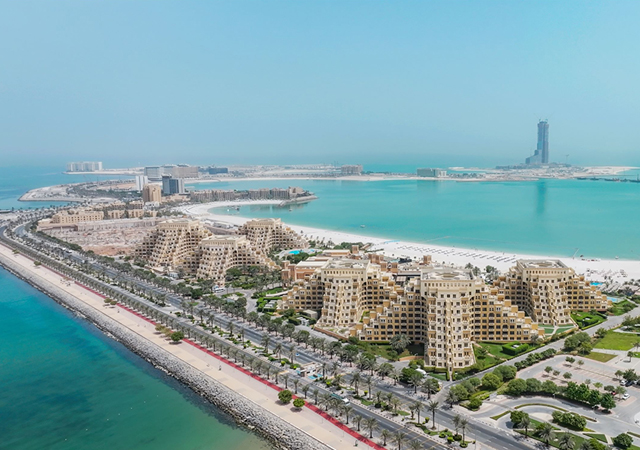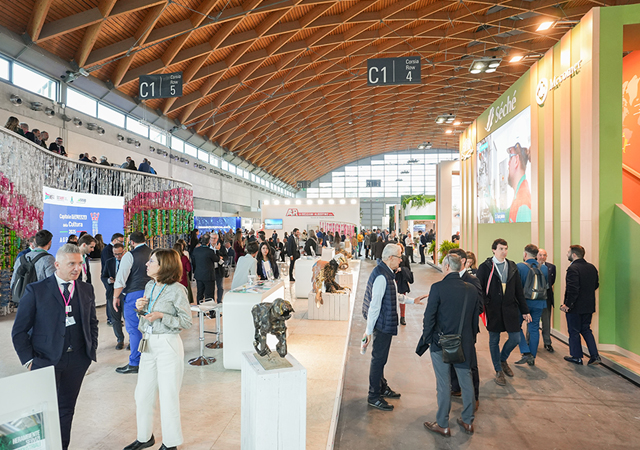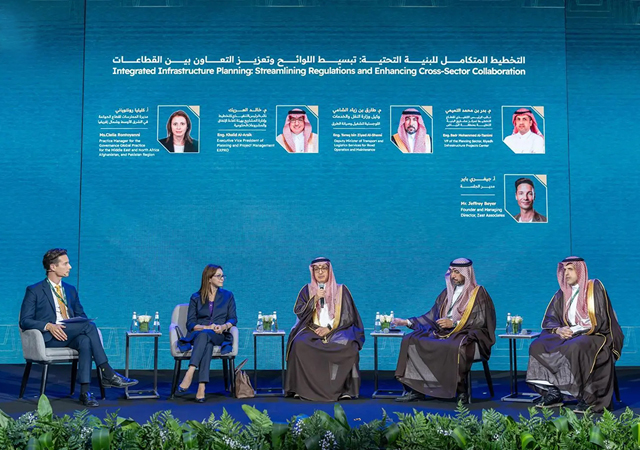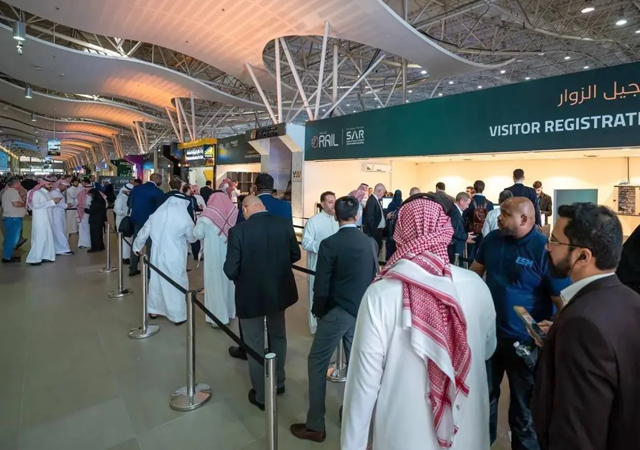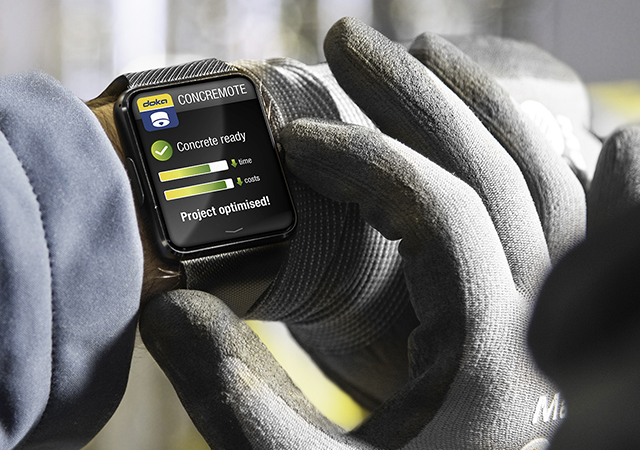
 NeoR lightweight formwork facilitates work on confined construction sites.
NeoR lightweight formwork facilitates work on confined construction sites.
Paschal Concrete Forms, the regional office of German formwork manufacturer Paschal-Werk G Maier, is now offering contractors in the Middle East its innovative NeoR lightweight formwork, which is a further development of its popular Modular universal formwork boasting impressive versatility as well as a clever design.
“The NeoR lightweight formwork combines the benefits of the proven Modular universal formwork and the Logo.3 wall formwork system, while offering all the system properties of modern lightweight formwork,” says Amir Delghandi, General Director of the Bahrain-based Paschal Concrete Forms.
Paschal Concrete Forms was established in Bahrain in January 1998, and since then Paschal has emerged as a leading supplier of modern formwork solutions to the region’s contractors.
NeoR can be used universally and is, therefore, ideally suited for the construction of foundations, beams, columns and walls, he adds.
The formwork panels of NeoR have a maximum weight of just 41.3 kg on the element measuring 90 x 150 cm. It can easily be assembled and moved in twos and smaller panels on site by hand without a crane or other transport aids.
 |
|
The NeoR panel has multi-hole profiles in 5 cm gradation in the frame — so any support cross-section can be produced. |
“At the same time, the NeoR lightweight formwork boasts significantly higher fresh concrete pressure absorption of 50 kN/sq m. A further advantage of the new formwork system is the low overall height of only 7.5 cm, which ensures particularly low storage and transport volumes,” Delghandi explains.
Well-designed panel assortment
The panel assortment ranges from widths of 15 cm to 90 cm in 15 cm increments, which will be available in both 90 cm and 150 cm heights. As a result, a floor height of up to 3 m can be built with just one extension of panels, he points out.
He elaborates: “With NeoR, even large areas can be moved quickly and economically without any problem – this is where the large-size panel of 180 x 300 cm comes in useful. The range is supplemented by 5 and 6 cm filler posts for width adjustments and matching plastic filler pieces.
“With the new multi-purpose panel of the NeoR lightweight formwork, the name says it all. Thanks to the additional perforated profiles, the multifunctional panel has a wide range of possible uses.
“Four multi-purpose panels can be assembled quickly and simply into a flexible column form. In this way, square and rectangular column cross-sections can be formed with an adjustment range from 20 cm to 50 cm, and a gradation of 5 cm. The NeoR multi-purpose panels can be stacked to adjust the height of the formwork to the required concreting height.
“The necessary safety at work is ensured by the Grip tread, which can be used as a working platform for the column form in combination with the Grip attachment.”
In addition to its use as column form panels, the NeoR multi-purpose panel can also be used for the end stop and forming right angles, he adds. These panels are available in the dimensions of 60 x 90 cm and 60 x 150 cm.
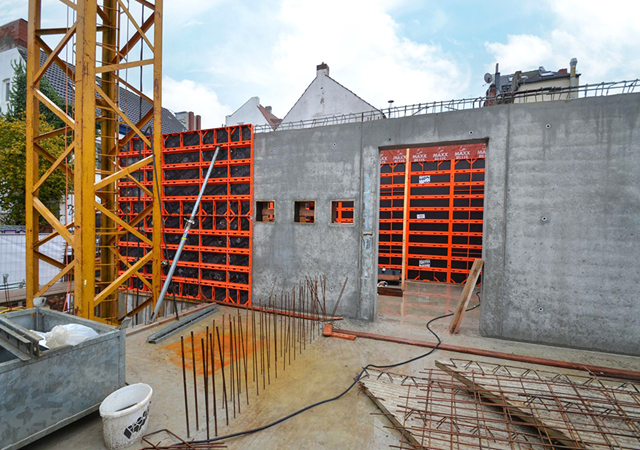 |
|
NeoR allows large-size wall slabs to be formed quickly, cleanly and easily. |
Confined spaces
NeoR lightweight formwork can also demonstrate its advantages in confined spaces, Delghandi points out. Citing an example of its use on an apartment building project in the centre of the German city of Bremen, Delghandi says one of the biggest challenges of the project is the extremely limited space on the construction site.
“A lightweight, easy-to-handle and space-saving formwork system was, therefore, required to produce the in-situ concrete parts. The construction company chose NeoR lightweight formwork from Paschal, which fully meets the requirements,” says Delghandi.
To produce in-situ concrete components for the project, the contractor is relying on formwork from Paschal, which with its trading partner, is offering tailor-made package of services, such as efficient formwork planning, logistics for the rented material and competent customer support.
Both the delivery of the material and the moving of the formwork panels on the construction site were made considerably easier by the use of lightweight formwork.
“In addition to its low weight, NeoR also offers the advantage of a very small loading and transport volume per panel, thanks to its low overall height of 7.5 cm. Accessories (such as the keybolt) also require little space. Thanks to these ideal product dimensions, up to six large-size panels can even be transported with a single flatbed truck,” he explains.
NeoR lightweight formwork was used for the walls on the ground floor, which serve as wall-like beams. NeoR 180 x 300 cm large-size panels are ideally suited for the wall heights of 287 cm that are to be formed.
“They are an excellent choice because room heights of up to 3 m can be formed with the large-size panels without extending any segments, or by extending only one segment and maintaining a segment height of 150 cm. NeoR lightweight formwork makes it economical to build up even large areas.
“On the Bremen construction site, all wall slabs were able to be formed quickly, cleanly and easily,” he adds.
System compatibility
The NeoR lightweight formwork can be easily combined with all other Paschal formwork systems.
In addition, NeoR can be used with all accessories and connecting pieces from the Modular universal formwork system. Individual accessory parts from the Logo series are also compatible with NeoR. This means that hardly any new accessories are required and existing parts can be used, Delghandi points out.
For even better handling when aligning and transporting NeoR formwork panels, Paschal offers a range of new accessory parts – the new NeoR transportation angles or loading auxiliaries – that can be used to move or load stacked NeoR panels.
To ensure a better alignment of the lightweight formwork over longer distances, H20 beams or squared timber are fastened to the NeoR panels. This is done using the NeoR waling clamp and clamping support at both the start and end of the beam and on every second or third panel in between.



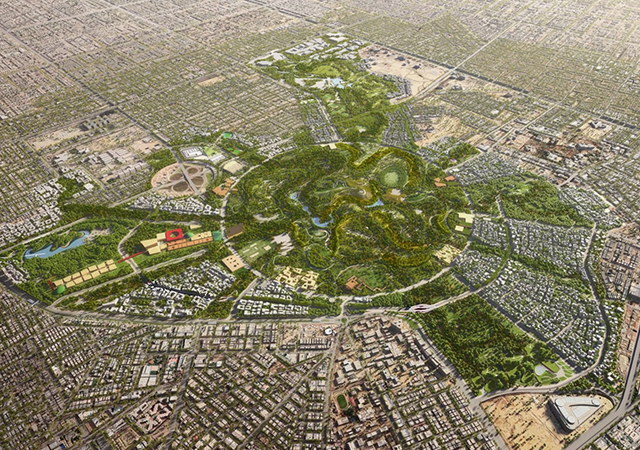
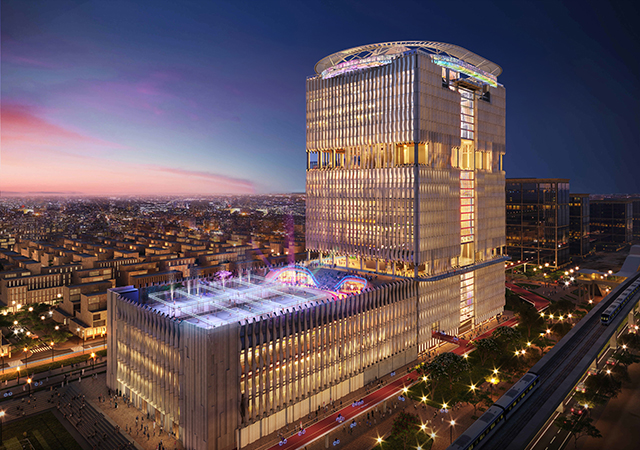
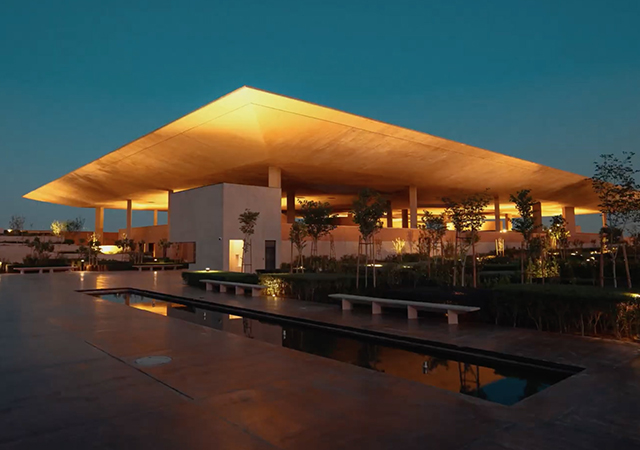
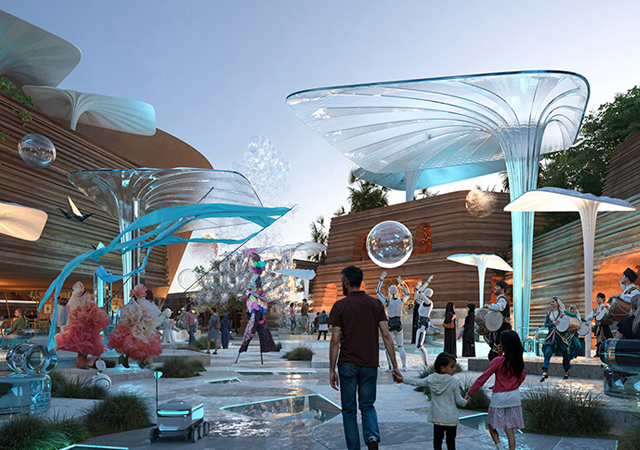
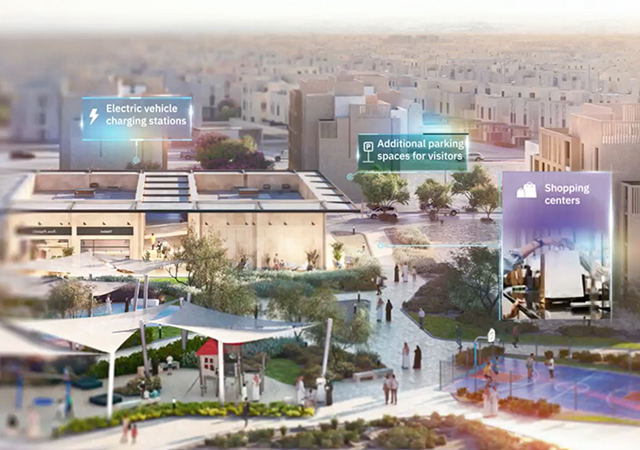
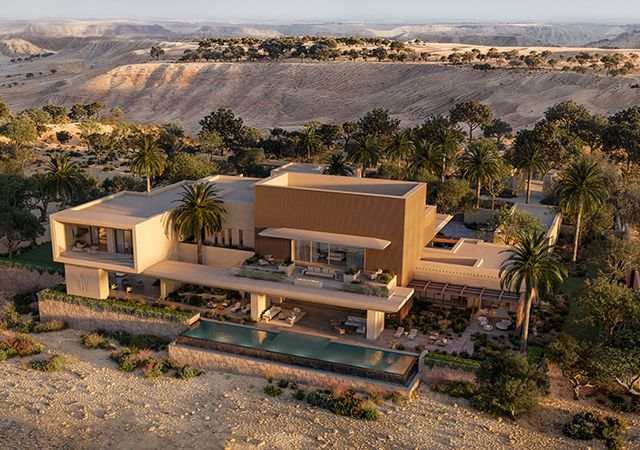
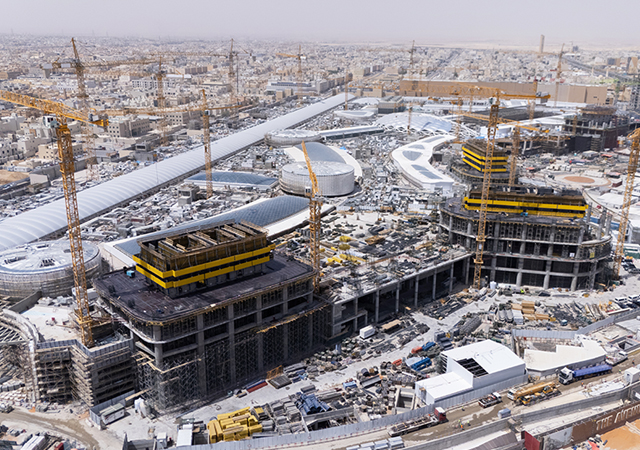
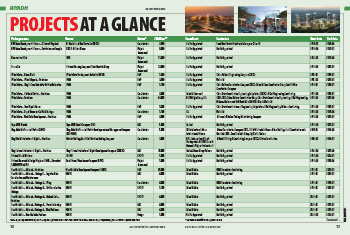
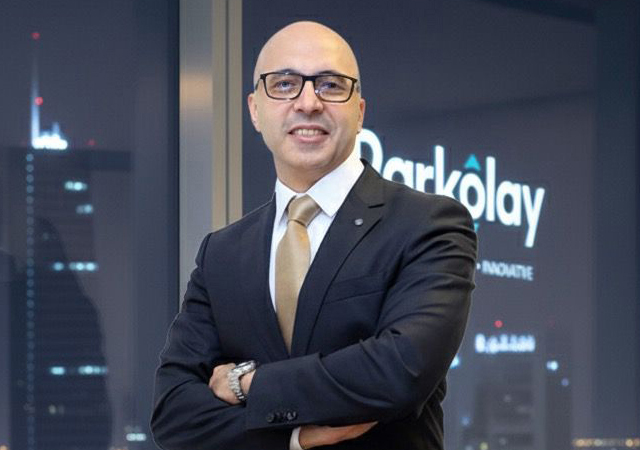
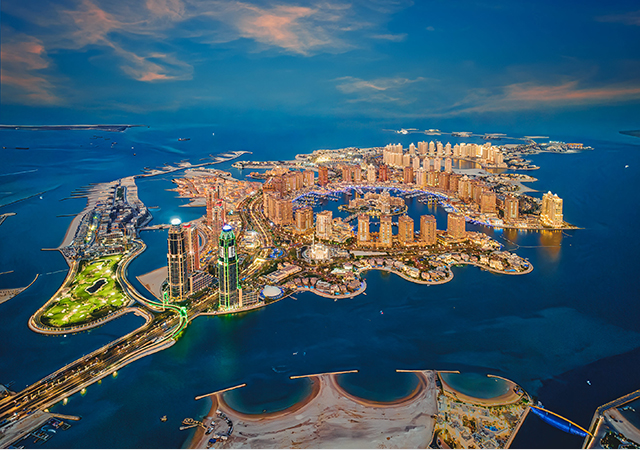
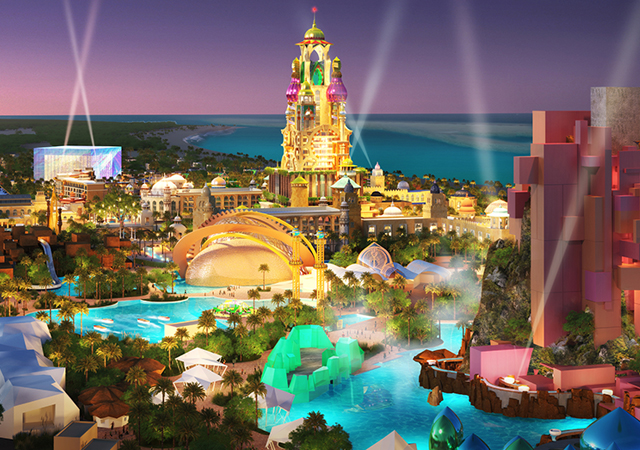
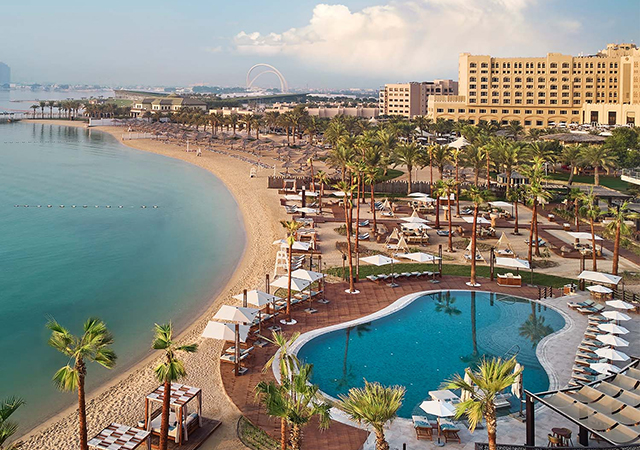
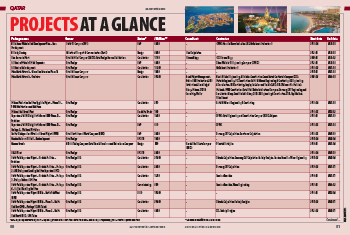
.jpg)
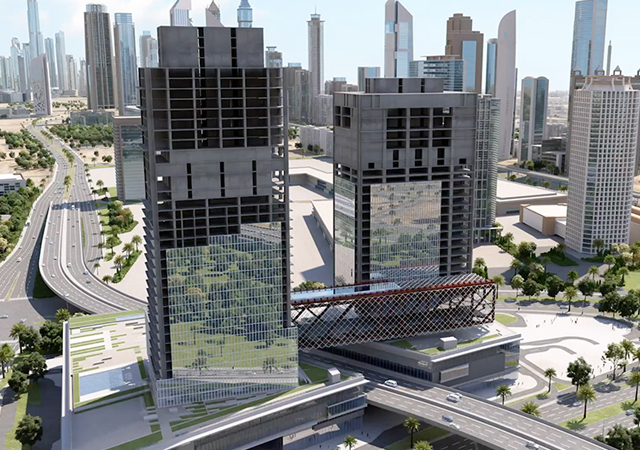
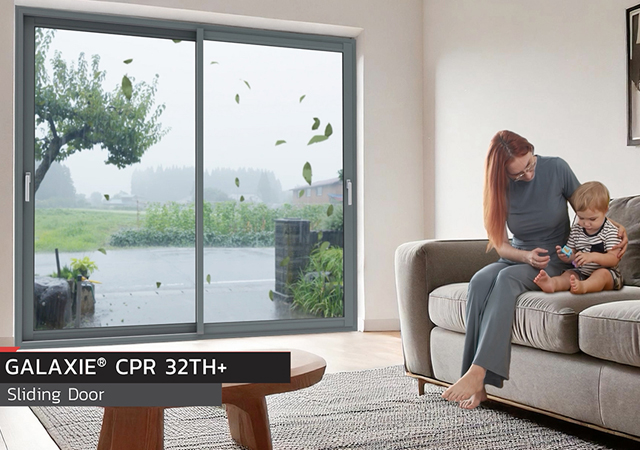
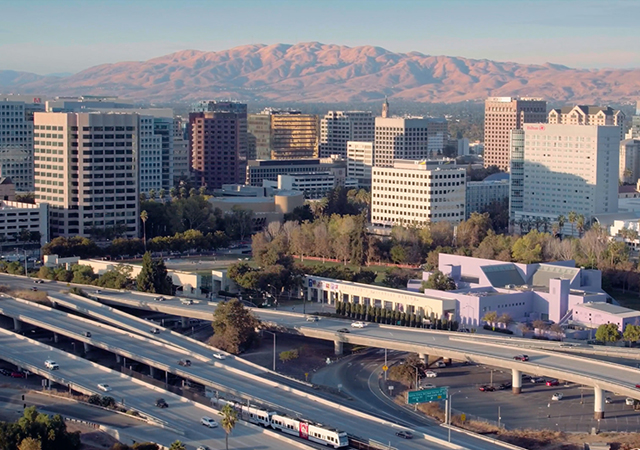
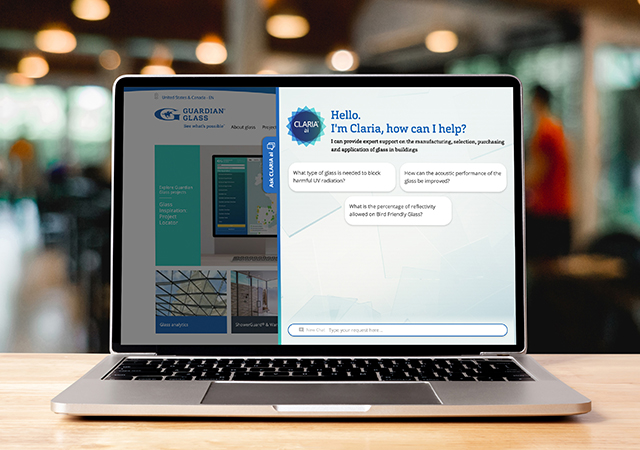


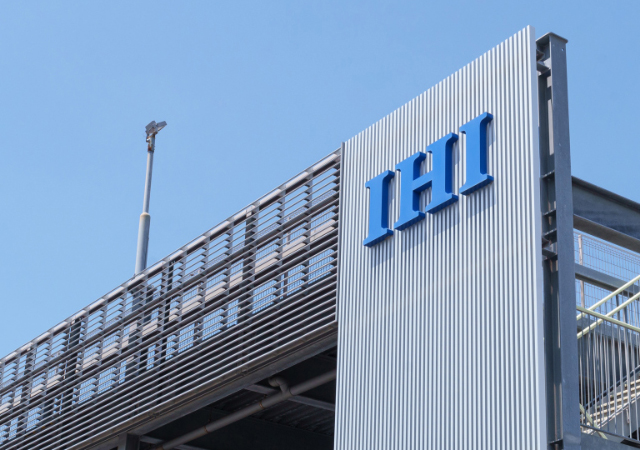
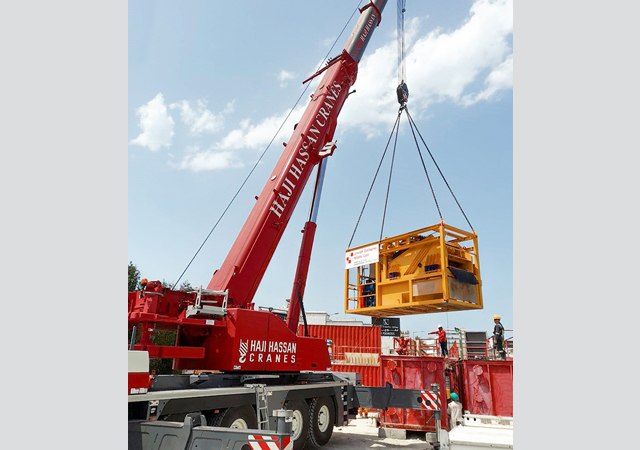
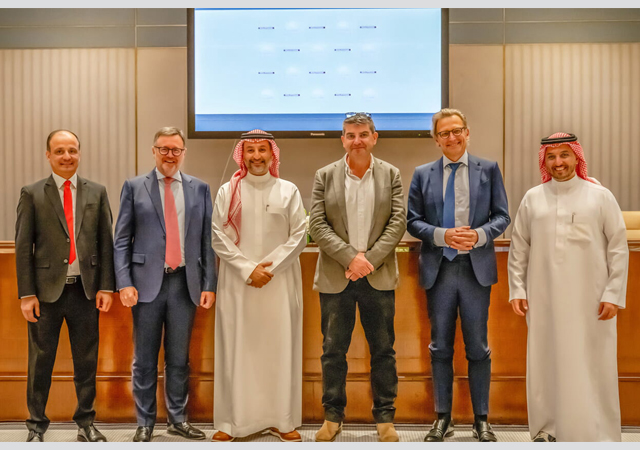

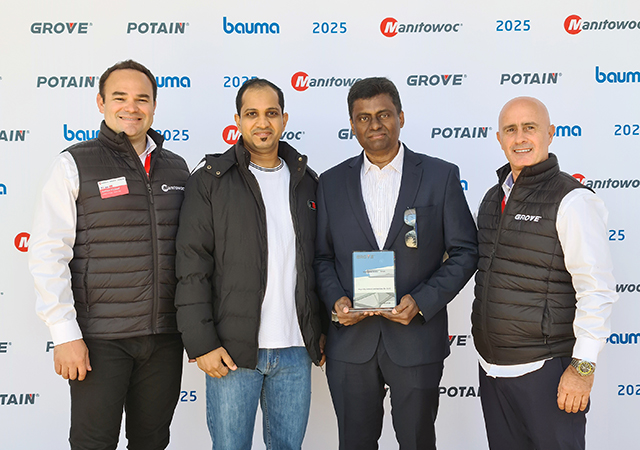

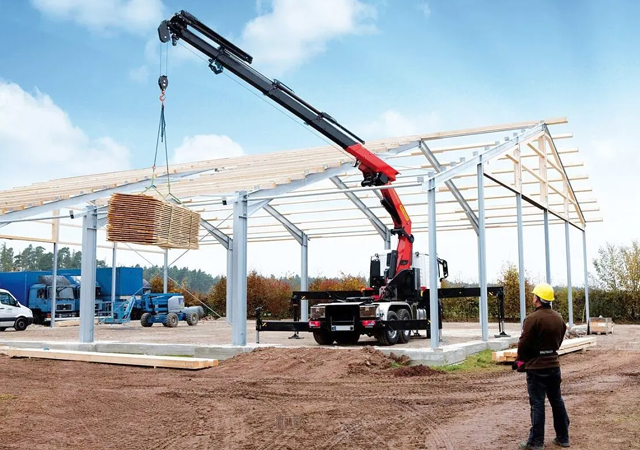
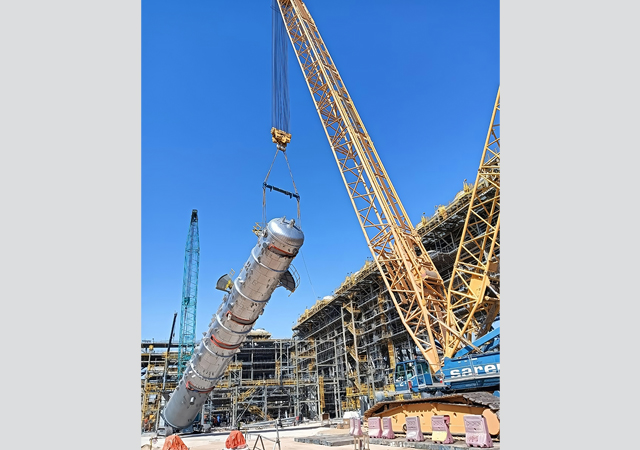
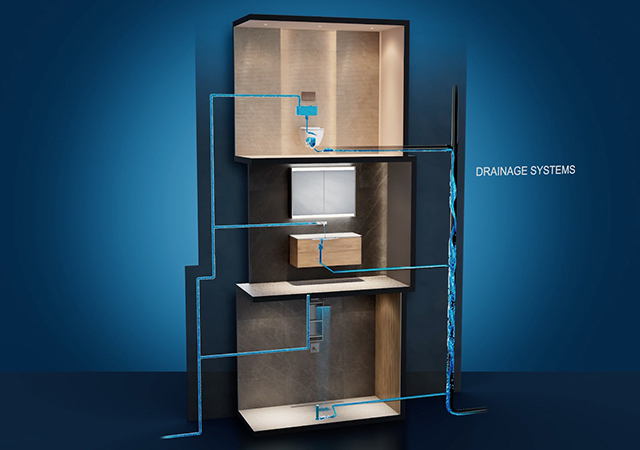
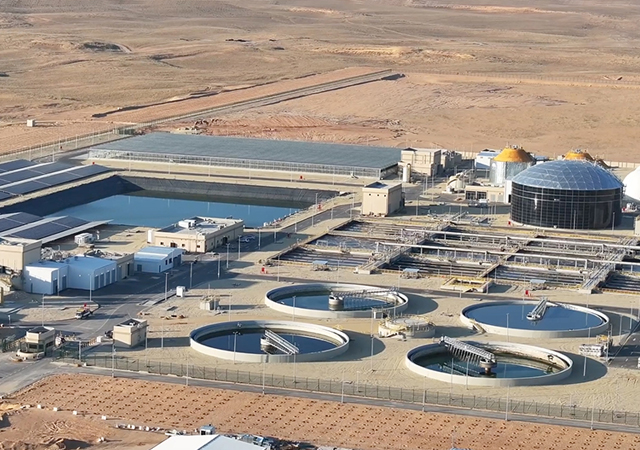
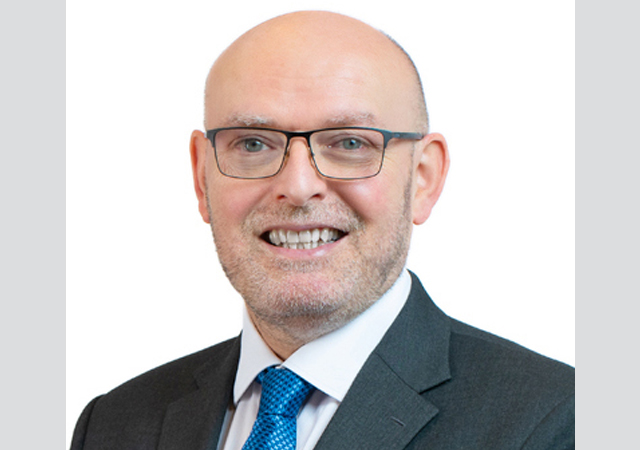
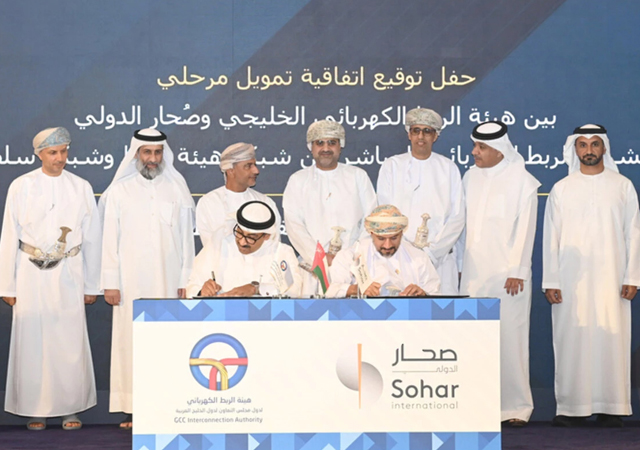

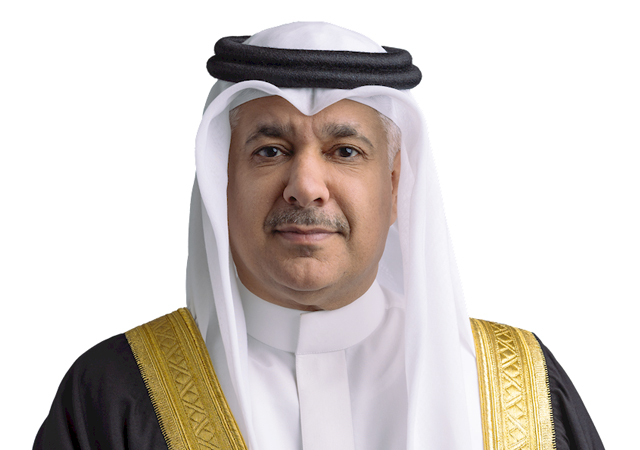
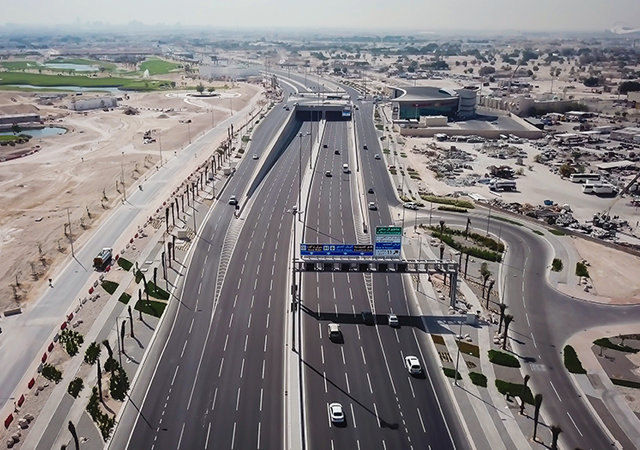
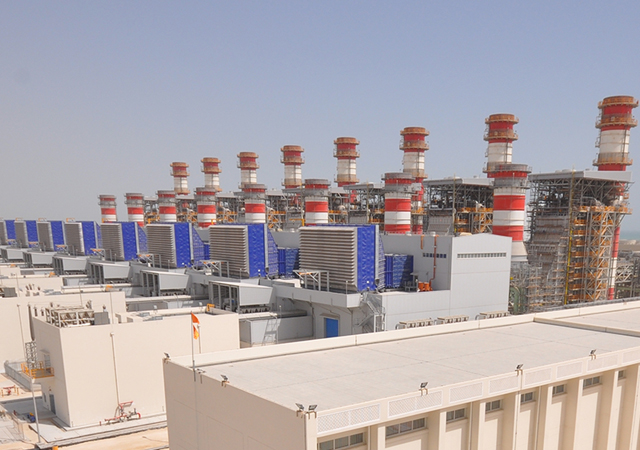
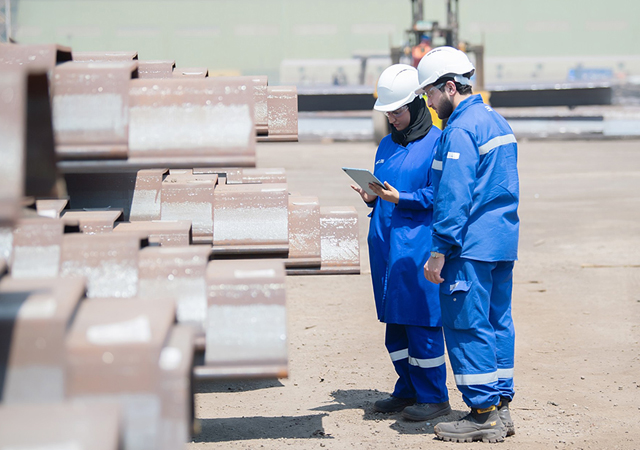
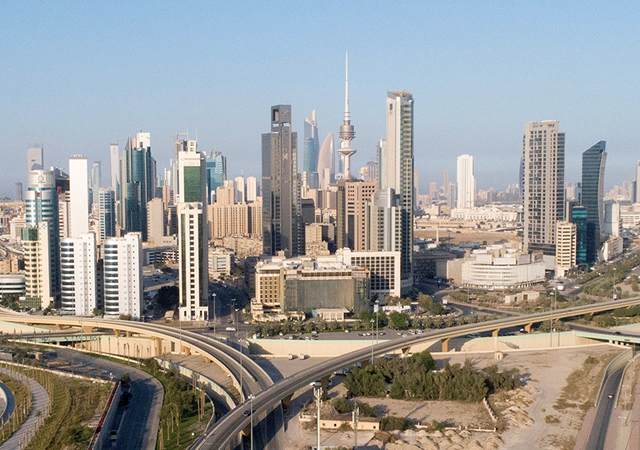
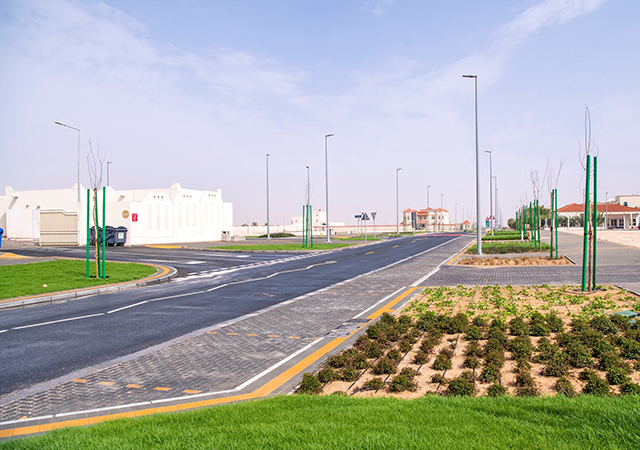
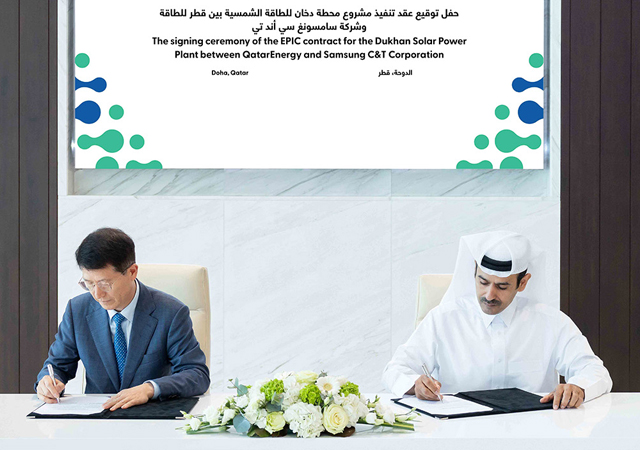
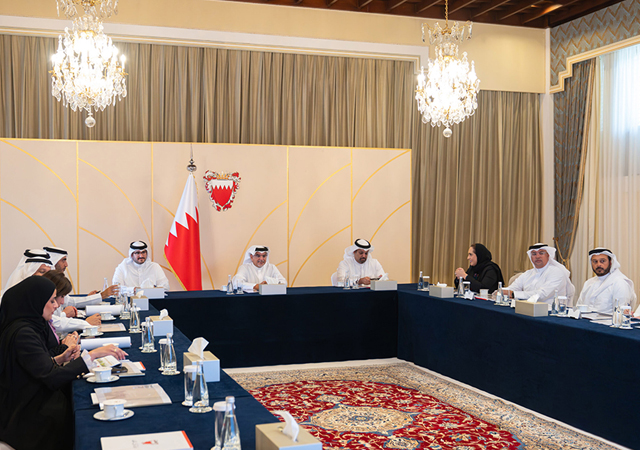

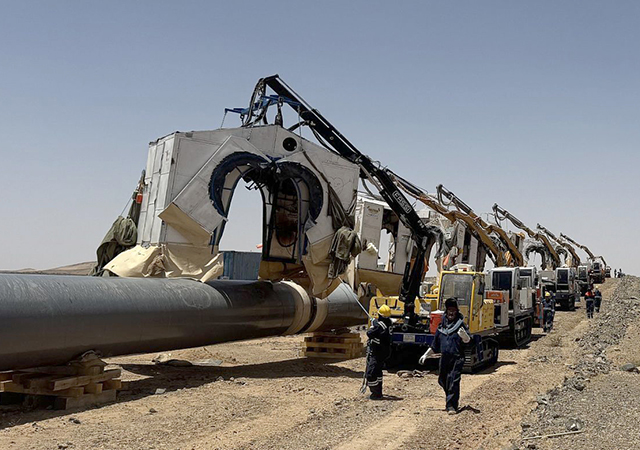
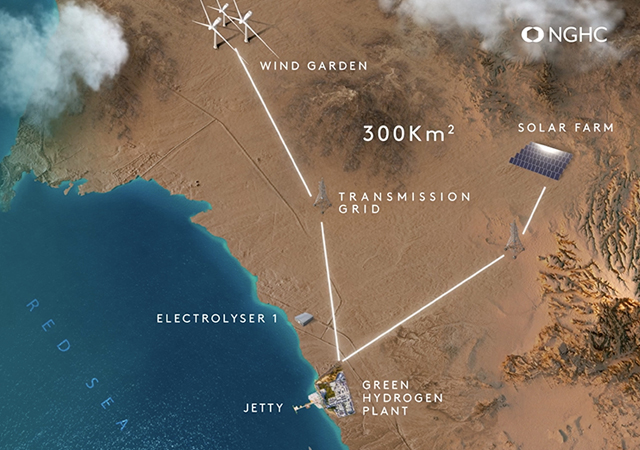
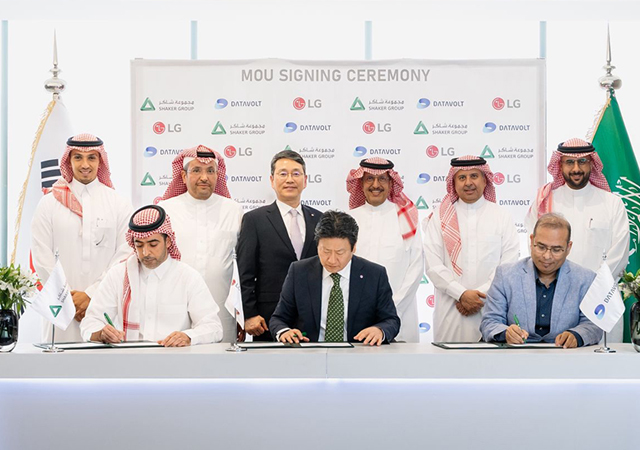
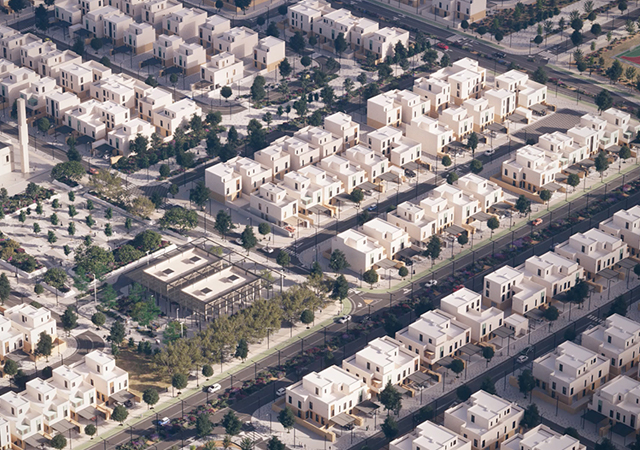
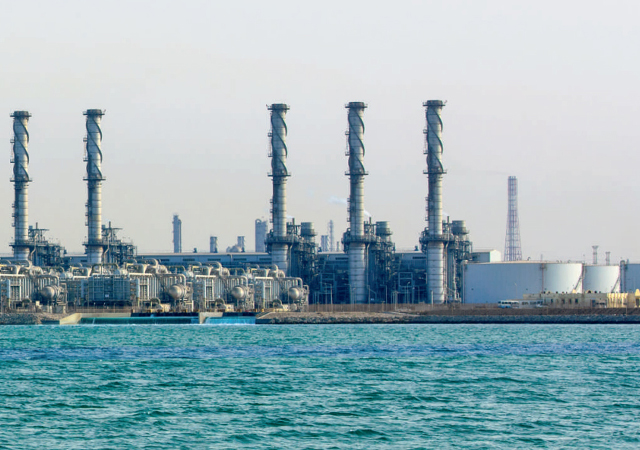

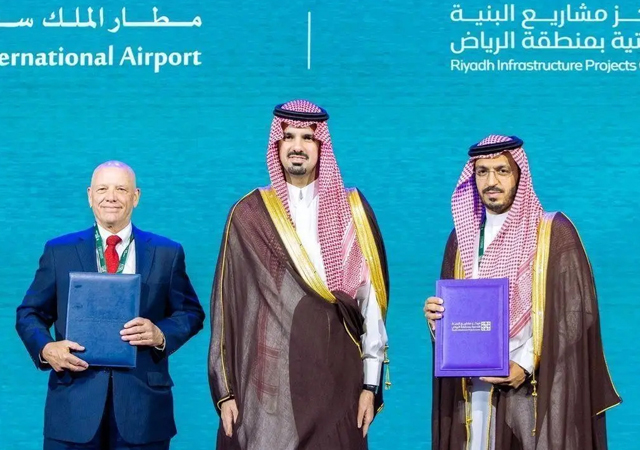
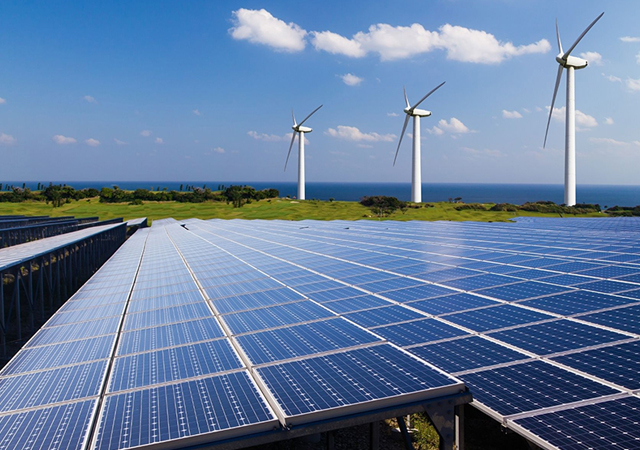
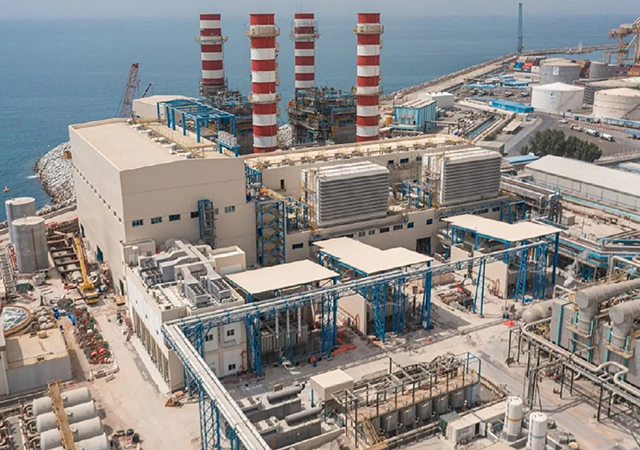
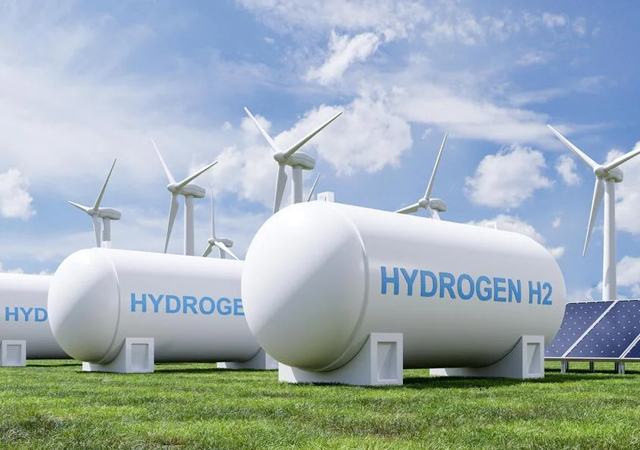

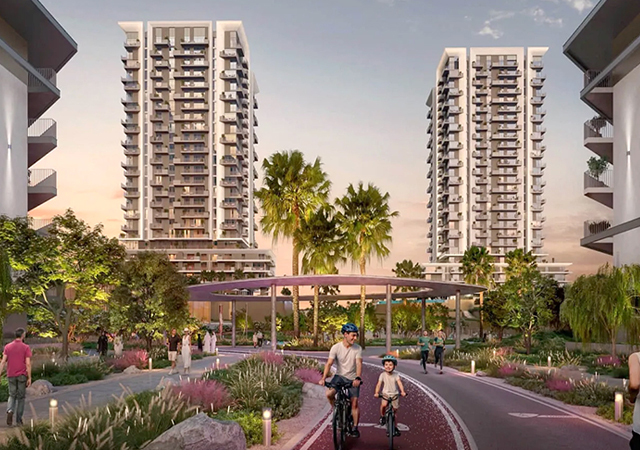
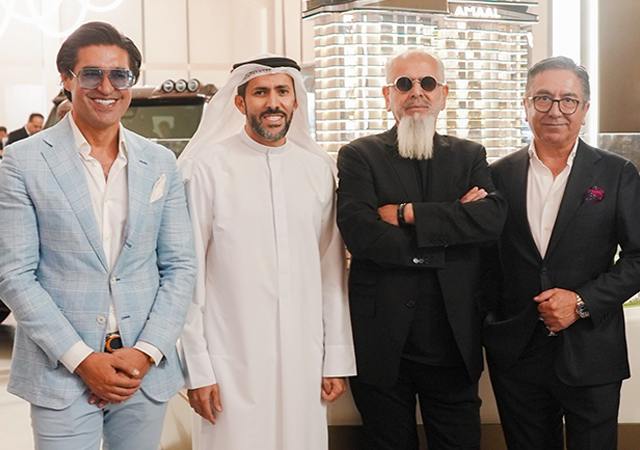
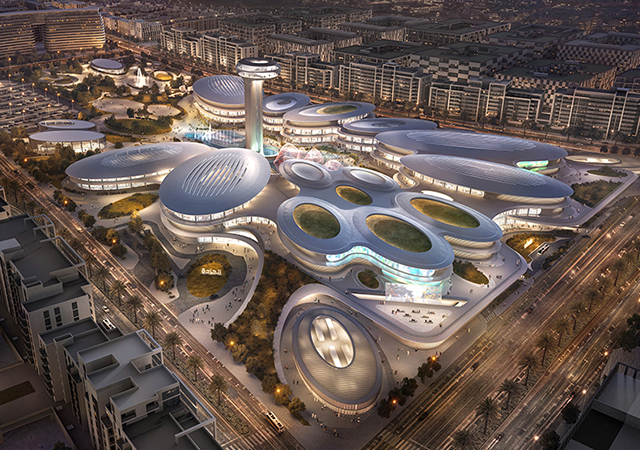
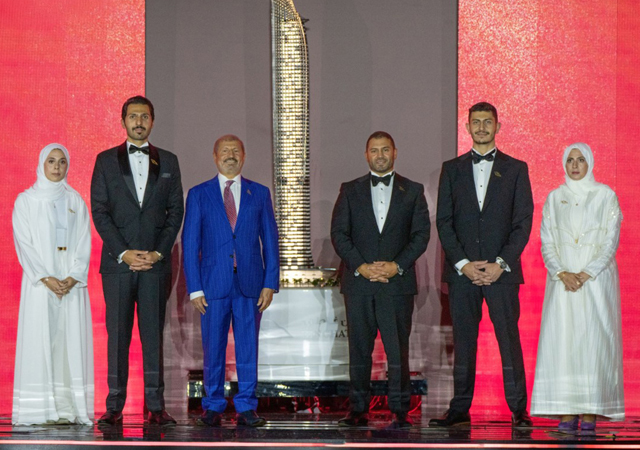
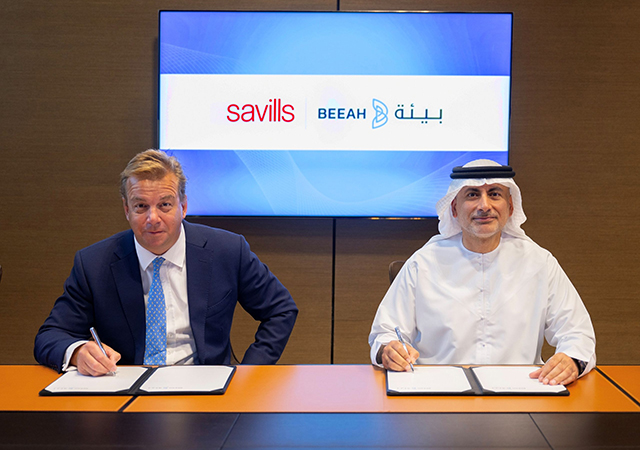
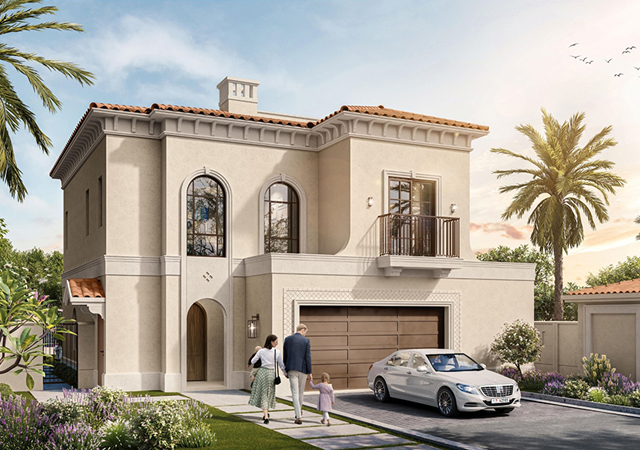

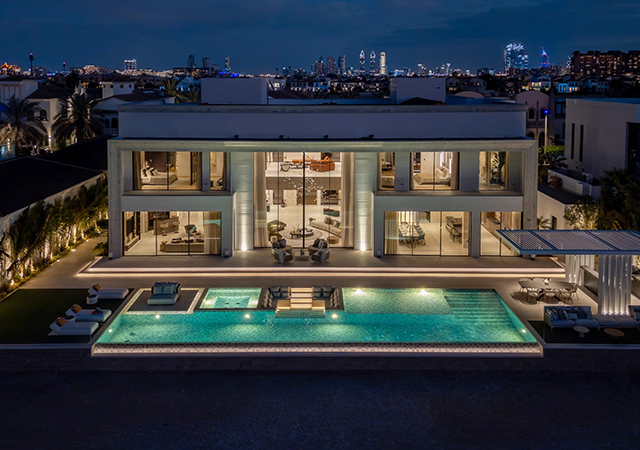
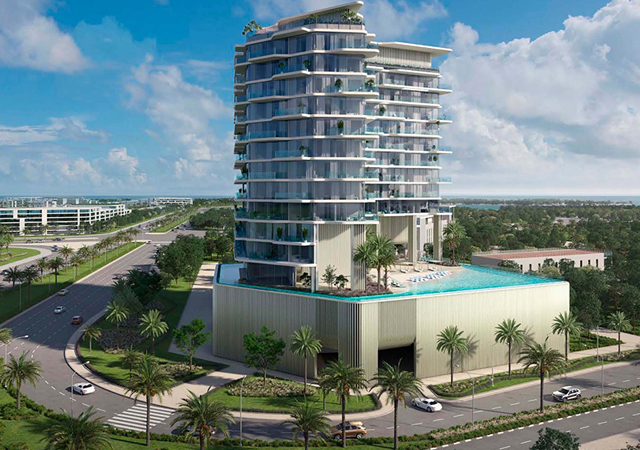
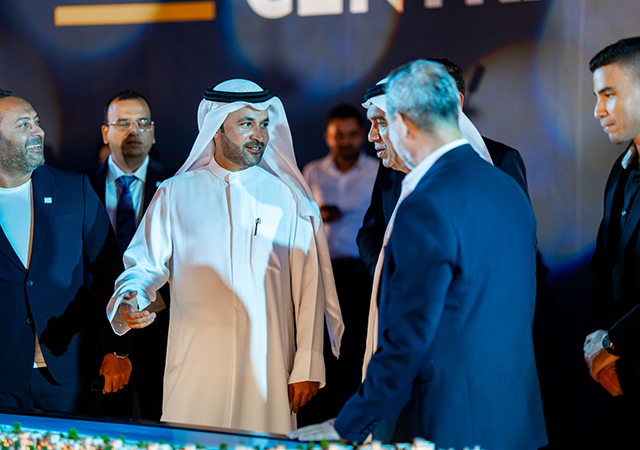
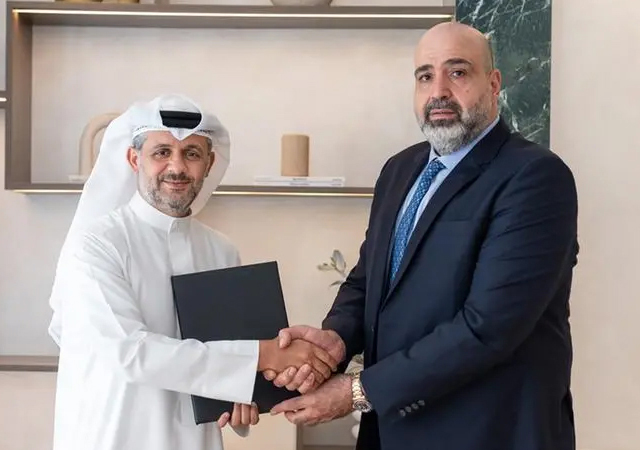
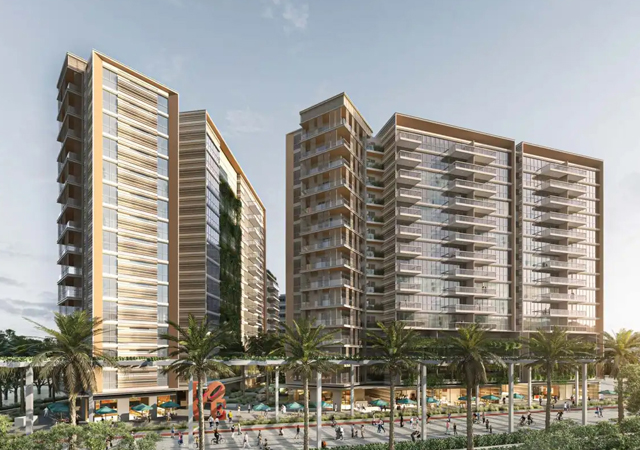
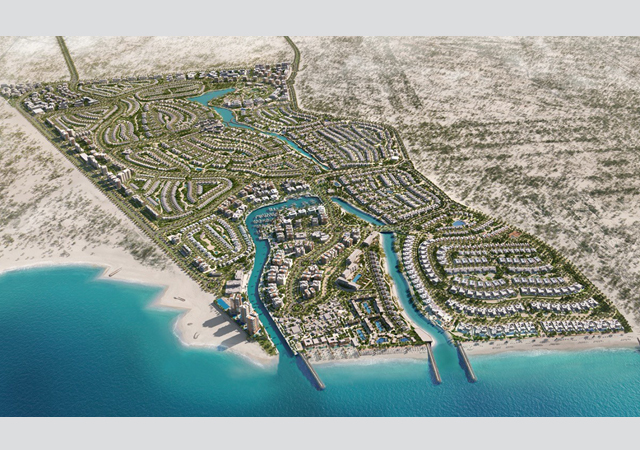
.jpg)

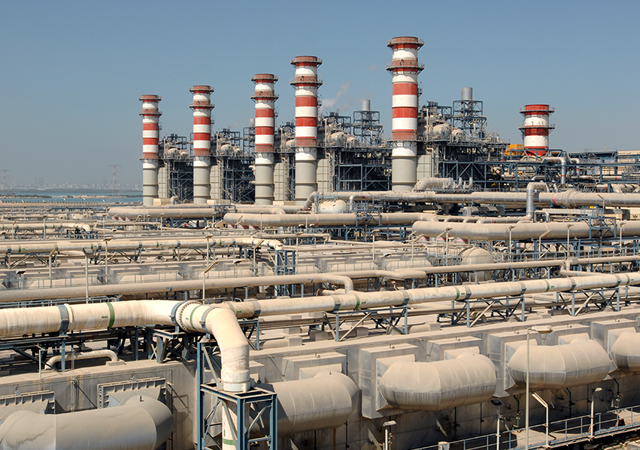
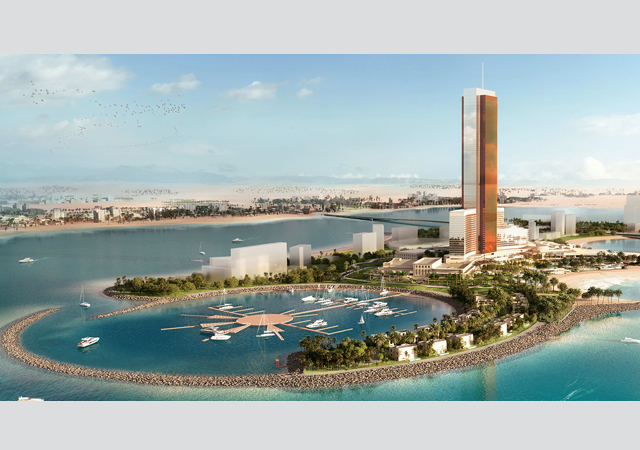
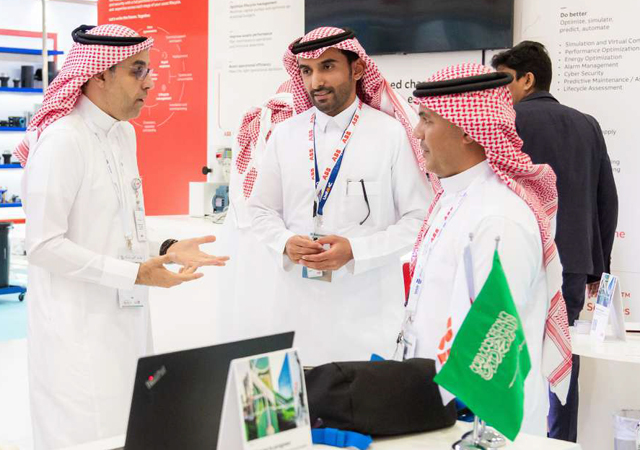
.jpg)
